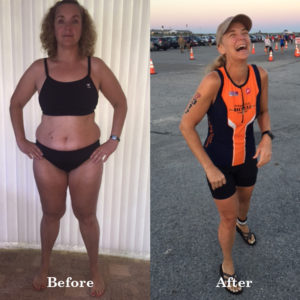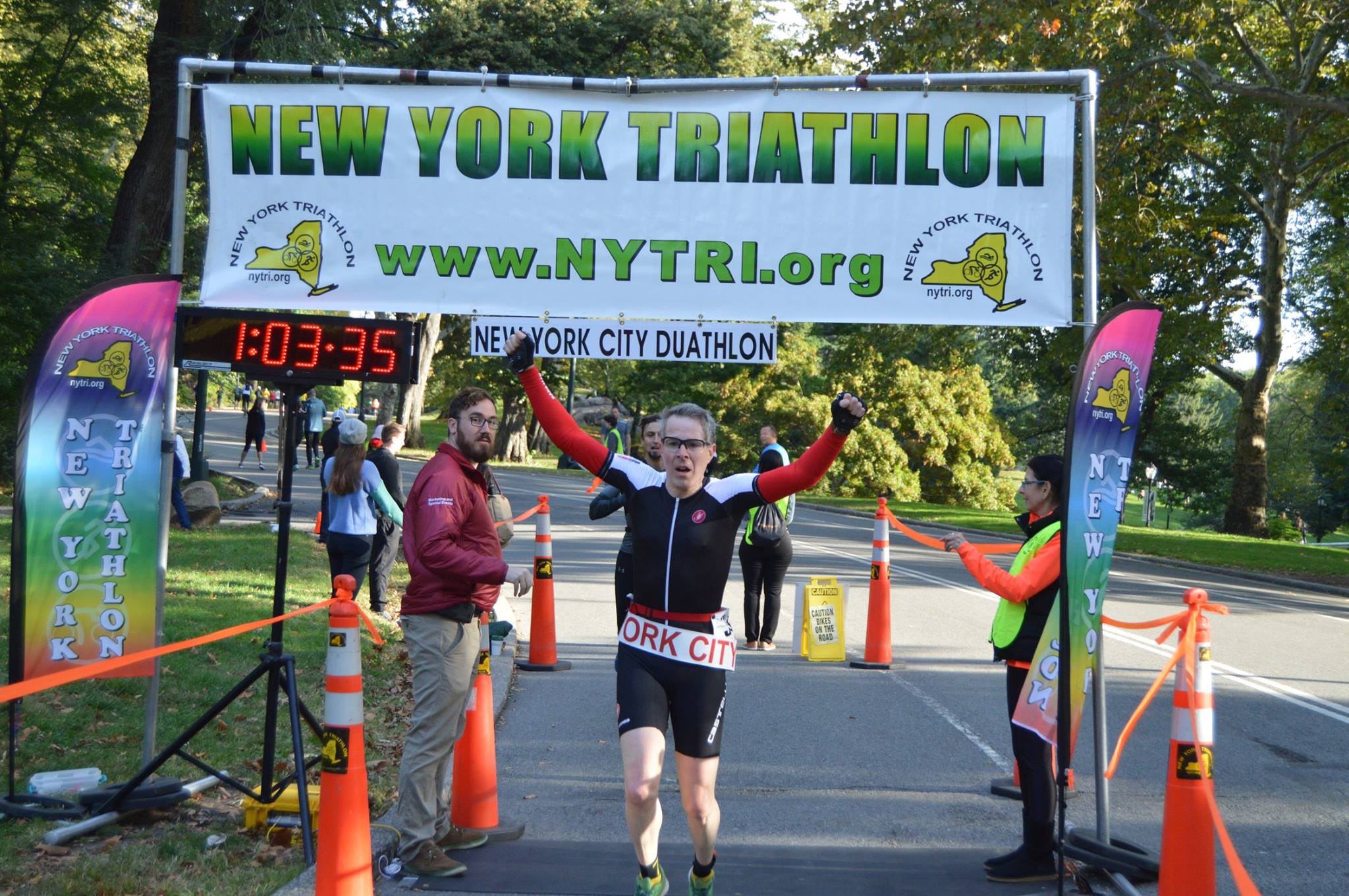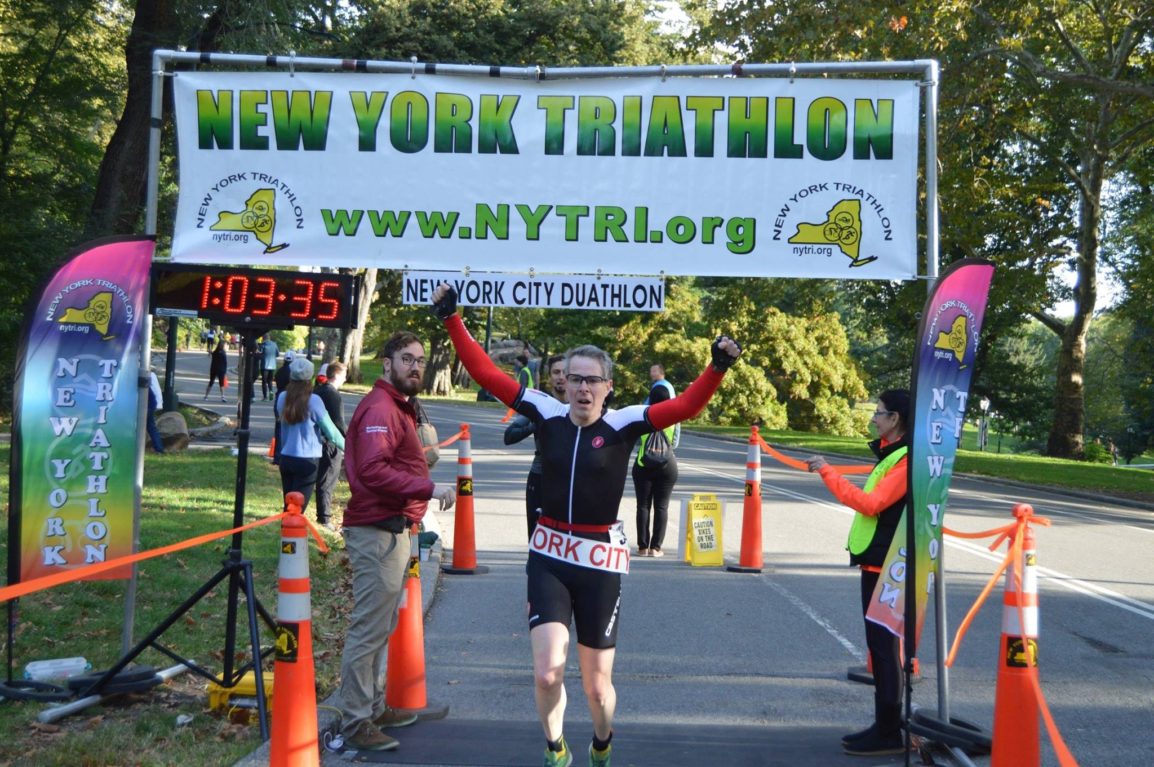
CZC Coached Athlete Raimondo finished 3rd in the Epica Atacama 130K Race!
Athletes that plan their race season have better results. Period. There will always be a wild card who wings it and succeeds, but for the rest of us, having a well-designed race season yields the best chance of reaching our goals. When planned correctly, a season including the use of some auxiliary races can help you measure and reach your season-long goals. Click here to get a quick rundown on Coach Clare’s Guide to “A,” “B,” and “C” Races, which we’ll be discussing shortly.
Once you pick out your “A” race for the season, you need to need to define your goals. It’s important to know the difference between participation and performance. This isn’t a judgement on any athlete’s abilities, this refers to the athlete knowing what their goal is. For example, I often hear a first-time racer say “I JUST want to finish.” I’ve heard that from 5K runners, marathoners, Ironman athletes, and even metric century racers. As a coach, this drives me bonkers! Why JUST?! What they’re is saying is, “I want to participate in this event and be successful. I am not looking to win this event. I am not looking to beat a previous time, or to crush the others in my club.” Once you know if you’re a participation or a performance athlete, it becomes easier to frame your season with complementary races and events.
If your race season is devoted to crushing your “A” race, the best way to check your progress is to test your race-fitness with training races. Planning in “B” and “C” races that support the goals of training in each cycle will allow for regular measurement of improvement. No matter how it’s structured, a training session can never fully mimic the intensity of a race-day event. In daily training life, roads aren’t closed to traffic, athletes aren’t lining up to go all-out to win medals or money, and athletes don’t know what form their competitors are in. Racing against others before the “A” race allows allows you to see what’s working, what’s not, and what needs improvement. Another benefit is that your coach can also measure up the competition and see who made it well through the winter, who is hurting this season, and have an independent and valuable observation.

CZC Coached Athlete Shannon finished the Mighty Montauk Sprint Triathlon – way to reach your goal!
If you’re more of a participation athlete, you can keep it fresh by choosing shorter races early in the season as builders for longer, later-season events. Performance athletes can also use this approach, but it’s better for them to choose races that are more similar to their goal events. One example would be an Ironman athlete that is looking for a top 3 Age Group finish for a chance at the Ironman World Championships in Kona. That athlete may choose a late fall Ironman and use three or four half Ironman races to dial in pacing strategies, form, and nutrition. If they chose to race a bunch of sprints and Olympics then they’ll spend a lot of time recovering from these short, intensely hard efforts, and will miss out on the workouts they need to be doing. Pick races that will get you to your goals.
Knowing how many “B” and “C” races to include in a season depends on the race involved and the training age of the athlete (athlete’s years and experience racing). Choosing the wrong kinds of training races to include in your season can be detrimental, but having too many races can hurt as well. There are athletes that choose to race every weekend, and they will remain stagnant – their bodies don’t get a chance to heal, to adapt from the race stress, or to get stronger with targeted training. Your “B” and “C” races should be performance indicators for your “A” race and training, so allowing plenty of recovery time afterwards is very important. You may recover from a 5K all-out effort in a few days to a few weeks, but it could take two to three weeks to recovery from a marathon. As a general rule, if you will miss more than a week of training to recover, the race’s place in the calendar should be re-evaluated.

CZC Coached Athlete Paul Ranked 8th in the United States 2016 with All American Honors and was the top-ranked Duathlete in Connecticut!
When incorporating training races, you need to set goals. It can be really easy to get caught up in race-day adrenaline and forget to hold a pacing goal, forget to practice your new nutrition plan, or to throw caution to the wind and sprint the entire time. After dialing in pacing and nutrition through training, testing it out in a real-life race situation is necessary. How else will you know for sure that your plan is right for you (or working)? “B” and “C” training races allow for definite measurements of tested strategies so that you have a clear path forward. After each of the races, it’s important to evaluate how the strategies worked, and to discuss what to keep and what to change with your coach.
There are benefits to using cross-training race events to improve in single sport events, and also to use single events to train for multi-sport. Triathletes are often shocked at the suggestion that they should complete aqua-bike races as part of training. Many triathletes come to the sport without any bike racing experience, and as such, they don’t really know what they can do on the bike. It is so fun to watch a triathlete that races an aqua-bike when we say, “Okay, swim fast, then ride as hard as you possibly can for the whole distance. Remember, you don’t have to run after.” It’s like handing them a candy bowl and saying “It’s all yours.” The results we see are predictable and give the athlete both a newfound understanding of all out pacing versus race pacing, and they can see their true abilities. Cyclists often add in cross country or skate style skiing in the winter to keep their muscles strong and supple. Whatever your sport, consider alternate ways of racing to address your limiters – and always consult your coach!
If you want to shatter your personal bests and have your most successful season yet, let’s get in touch: headcoach@clarezechercoaching.com

